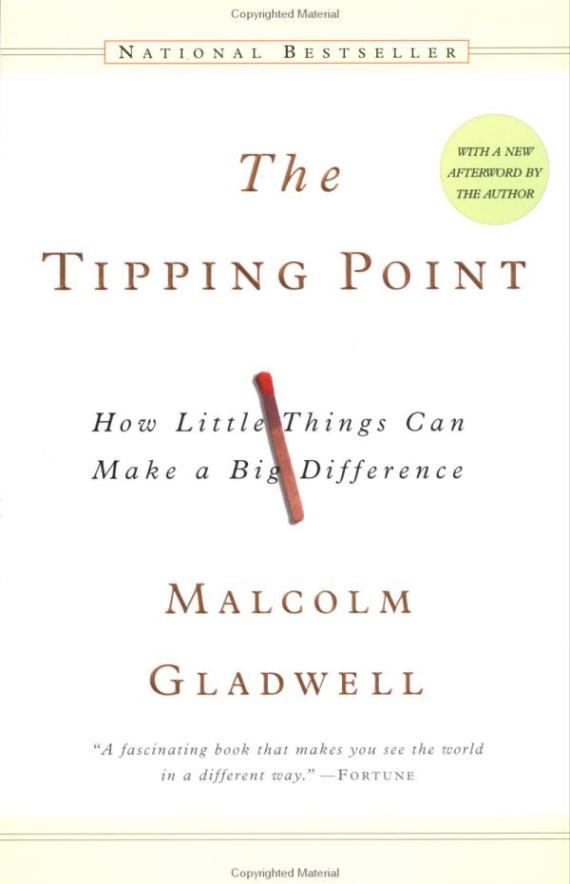
If you’re just joining us, we’re in the process of building the internet strategy for Hudson Concrete of New York City. We started by researching the keywords that customers search relevant to their market. We found over 3,000 terms. Then we searched the online competition. As is typical, we found minimal online competition in all the local markets we targeted including New York City, New Jersey, Connecticut, Massachusetts and Boston.
To catch up click here for step 1. It takes about 2 minutes to read each step of the process.
How Rock Solid Surfacing Dominates Their Market
To understand what we’re doing for Hudson Concrete and what you can achieve for your business, let’s take a look at the Rock Solid Surfacing website.
Rock Solid is based in the Vail Colorado area. They specialize in applying floor coatings on concrete in commercial and residential properties. Like all businesses they were faced with the challenge of getting a pipe line of new business. Their projects typically take 2-5 days. For Rock Solid to thrive, they need new projects coming in constantly to make the business model work.
We built their site around the keywords that customers search for. Then, we created content that educated their potential customers about their service. Creating an online brochure doesn’t covert to sales. We created content in a very organized manner that explains the benefits and processes. Basically everything the consumer wants to know. By knowing what customers want from our keyword research, we know what to give them.
As a result Rock Solid gets leads from educated customers ready to spend. They do not get leads from tire kickers. The sales process is short since customers know and understand the Rock Solid business.
How Rock Solid Surfacing Gets Found
They don’t have just one or two prime positions on Google or Yahoo. They have over 100. Just about anything a customer searches for within the state or a town relevant to concrete flooring, they are at the top. In many cases they are #1. When they get a click, the conversion to a sale is extremely high. That’s due to creating a a website that educates the customer.
I would like to point out that pay per click leads don’t convert as well for companies who don’t provide educational content. If you think driving traffic via directory listings and pay per click to your online brochure converts to sales, think again. If you don’t give the consumer what they want, they will leave in a blink no matter where they come from. That’s why it’s critical to start with your keyword research. Even social media marketing is ineffective if your visitors don’t get educated from a visit.
It all starts with keywords and the idea of giving your customers what they want, not what you think they want. Your customers are not searching for phone numbers, they are searching for information.
Blogs and Article Marketing
Just building a website with proper use of keywords and educational content will not give you the ranking you need to get enough traffic. It’s the combination of the website, a blog that is updated at least a few times per month, and an article marketing campaign with links back to your site that gets performance.
We (that’s me and my clients) have been testing the results for the past 3 years. We have found what works and what doesn’t. We’re still learning. The combination of the 3 gets performance. 2 out of 3 gets lackluster results. Just an optimized website gets OK results and takes a long time to get any meaningful traffic.
The combination of the 3:
- Optimized website
- Blog Updates
- Article Marketing
starts to produce within 4-8 weeks. Within 8-12 weeks new business starts coming in regularly. By the sixth month it’s humming along nicely, producing more every day.
Only Online Businesses Are Thriving Today
I have found that those who have strong online exposure get lots of business, even in the depth of a nasty recession. Those who don’t, get little business at all and may be going out of business. The recession is indicating that those who want to buy a product or service search online. If you’re not there, you don’t get the call. I have found this even for businesses who get word of mouth referrals. They get the referral, but if they don’t get found online or their site doesn’t connect with the consumer, they don’t get the business.
There are customers who are buying what you sell every day. But, if they don’t find you, they go with someone they find.
Rock Solid Surfacing is a perfect example. They get found everyday. They are thriving while their competitors are starving. At this point it’s going to be very difficult for their local competitors to catch up.








